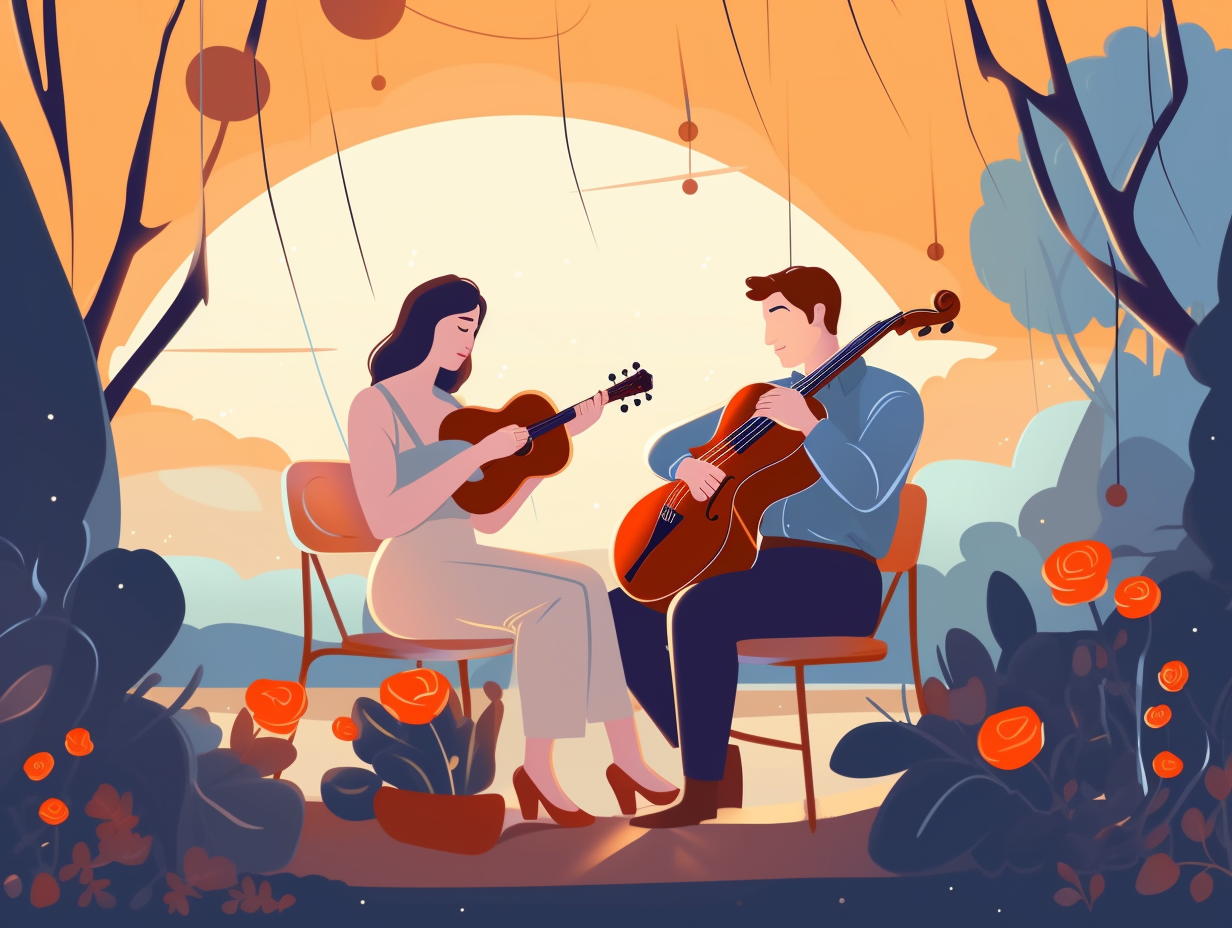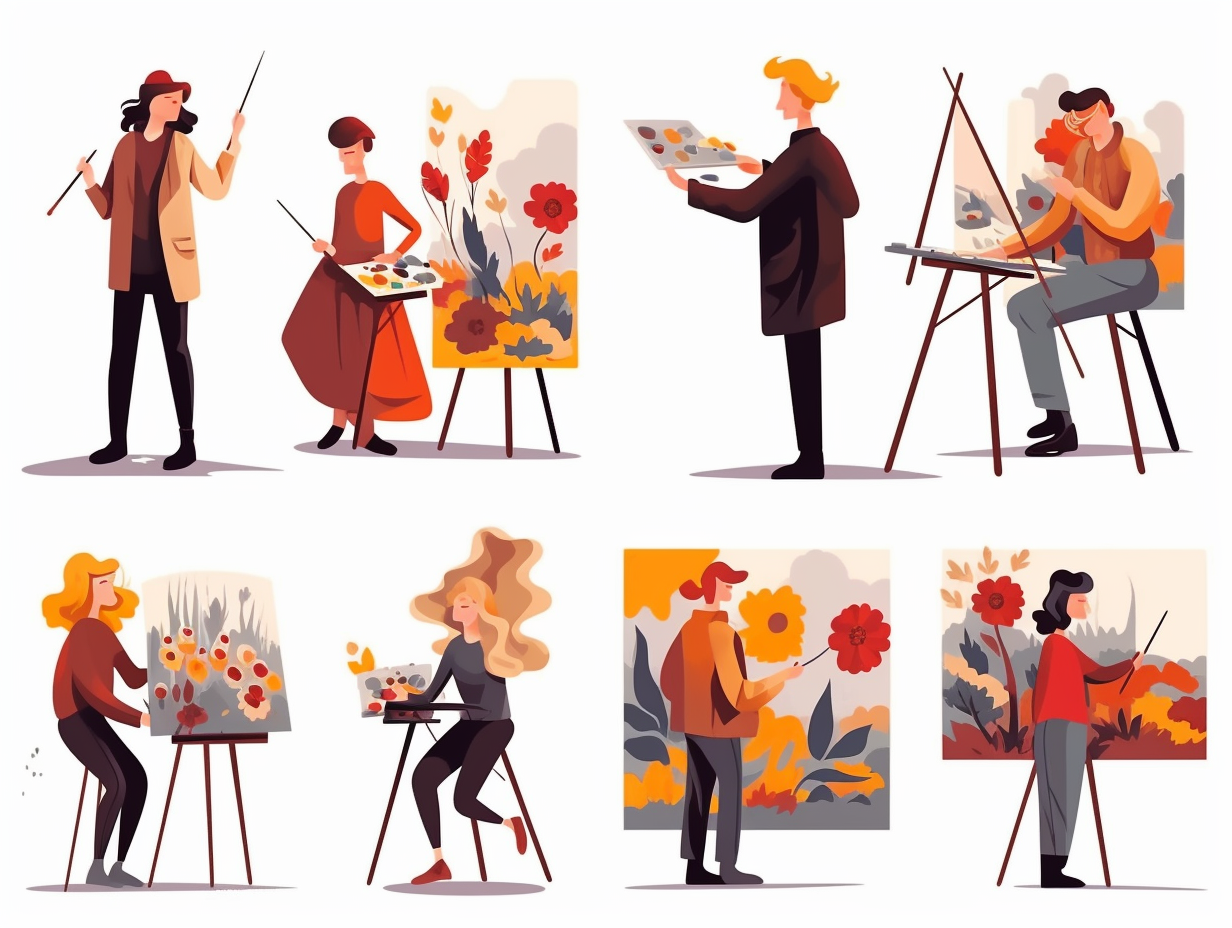13 Ear-resistible Fun Facts About Hearing: Discover the Amazing World of Sound!
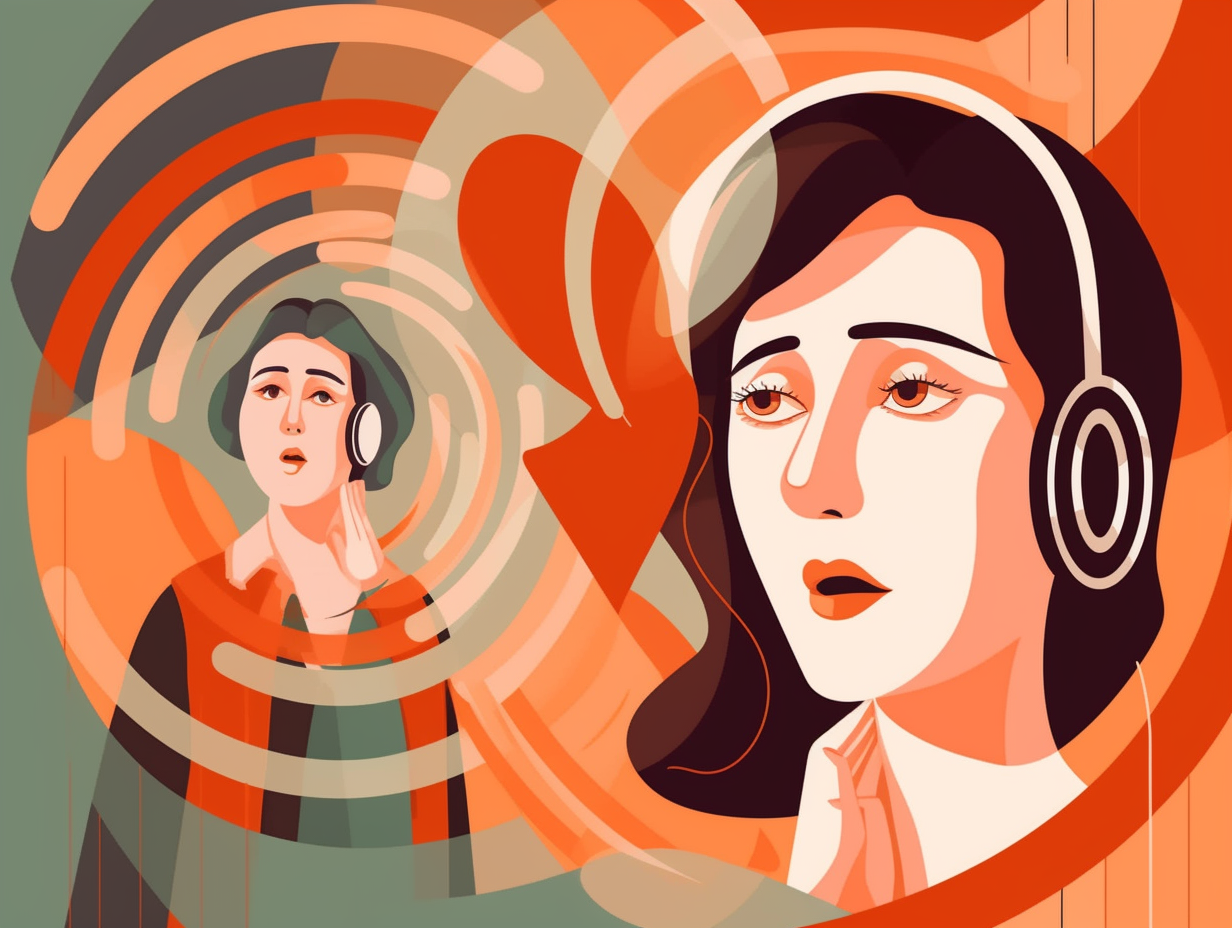
1. Animal Kingdom's Hearing Champs
You know what they say – there's always someone better, even in the animal kingdom's version of "So You Think You Can Hear?": Cats reign supreme with frequencies up to 64,000 Hz, elephants boast their bass capabilities as low as 14 Hz, and bats, the ultimate sound ninjas, detect noises up to an astonishing 200,000 Hz. Meanwhile, humans continue to wonder if their ears deceive them.
Source => hear.com
2. The "Three Ear-migos"
You might call them the "Three Ear-migos" responsible for your personal daily soundtrack: the malleus, incus, and stapes are the three smallest bones in your body that work in unison to transmit sound vibrations from the eardrum to the inner ear. Who knew these little ossicles held such a big role in our world of sound?
Source => wichitaear.com
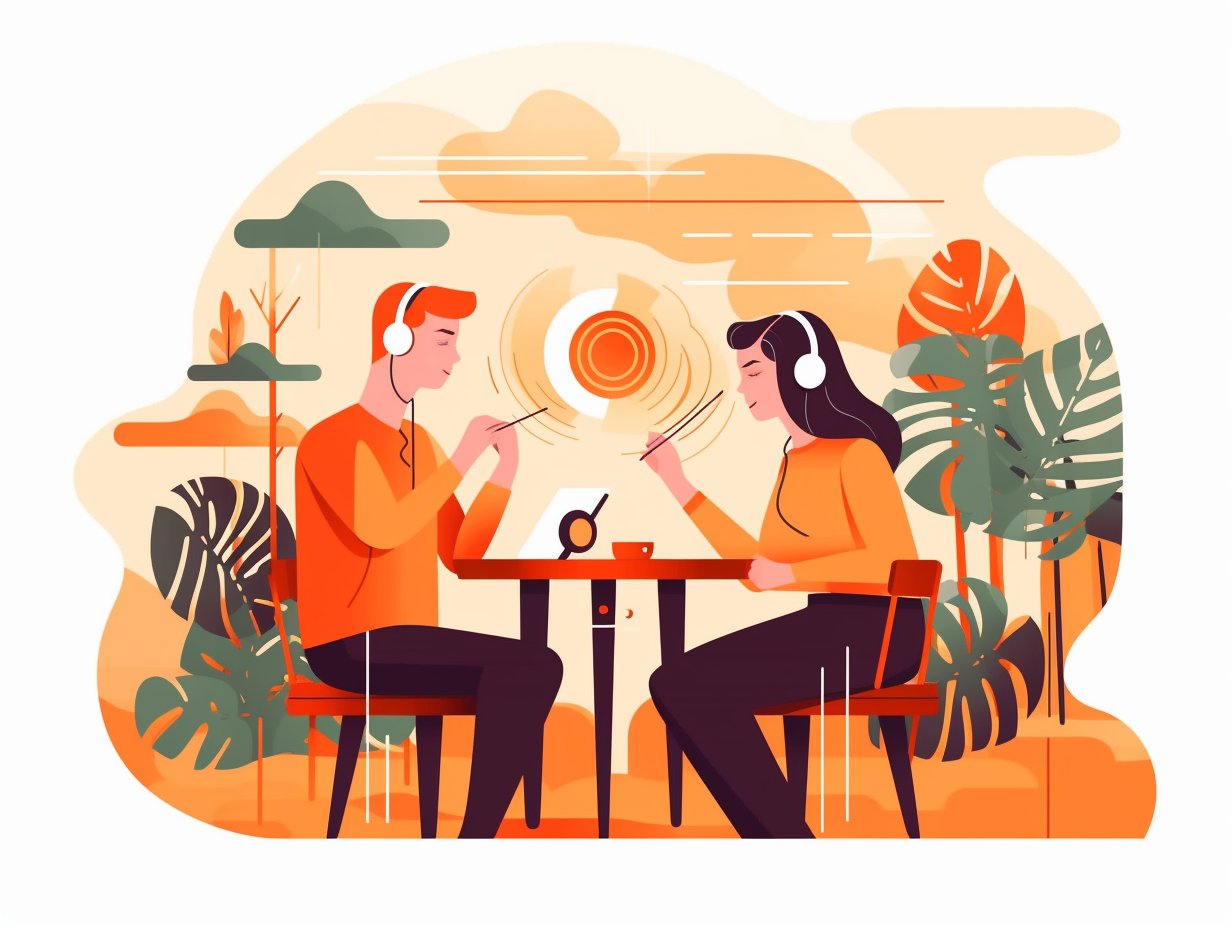
Discover the incredible abilities of auditory learners, who master the art of retaining spoken information and excel at recalling dialogues like it's second nature! 🎧🧠✨
=> Fun Facts about Auditory-Learners
3. Ultrasonic Whales
Feeling supersonic? Sadly, our ears don't: the human hearing range is limited to a mere 20 to 20,000 cycles per second, leaving us unable to detect any vibrations beyond that, such as ultrasound. However, whales can show-off their ultrasonic hearing skills and catch sounds up to a whopping 100,000 cycles per second!
Source => ncbi.nlm.nih.gov
4. Bone Conduction: Skull Auto-Tune
Did you know that when you talk to yourself, you're a bone-afide celebrity with a deeper, smoother timbre? Thank your skull for the free auto-tune: This skull-vibrating effect is called bone conduction, and it's why your voice seems disappointingly higher in recordings. Fun fact: even Beethoven got in on this bony action, using a rod in his mouth to "hear" his piano after losing most of his hearing.
Source => en.wikipedia.org
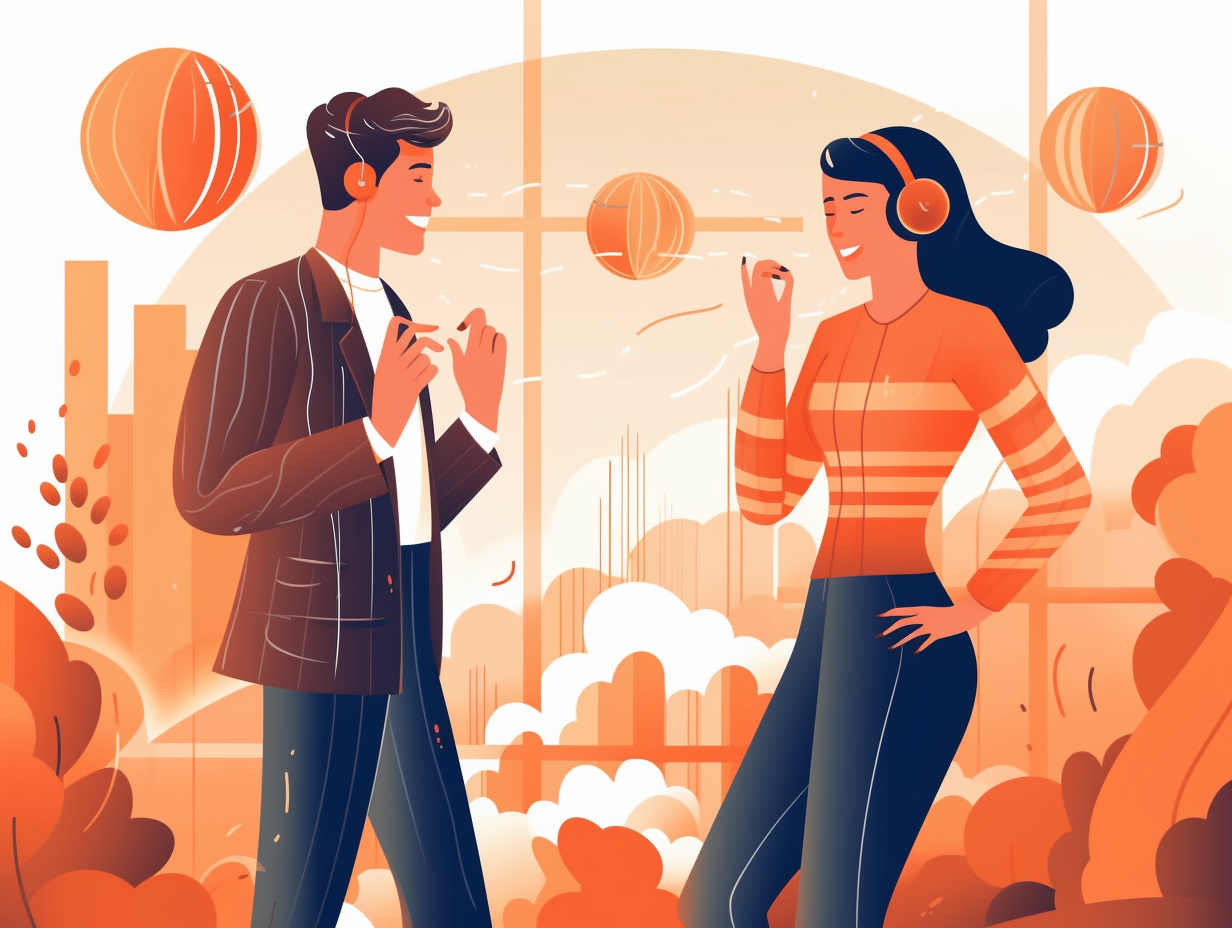
5. Sound-Hunting While Sleeping
Did you know that when you're catching some Z's, your brain is still a sound-hunting Sherlock? Elementary, my dear Watson: Even while we're deep in slumber, our brains remain slightly aware of the outside world, listening for relevant sounds, though people with hearing loss may face more difficulty in detecting these auditory clues both while awake and asleep.
Source => sshc.com
6. Judge an Ear by its Hair Cells
They say you should never judge a book by its cover, but did you know that you could judge an ear by its hair? Well, not quite, but humor me: An average person's cochlea boasts a luscious 16,000 hair cells, and get this – up to 30% to 50% can be damaged or destroyed before a hearing test can even detect a difference! Moral of the story: nurture those auditory locks, and you might just hear the whispers of generations to come.
Source => cdc.gov
7. Grand Central's Whispering Gallery
Ever wished for a secret passageway to exchange some good 'ol gossip undetected, like a pair of stealthy Hogwarts students? Well, look no further than the bustling hallways of Grand Central Terminal: Nestled within its architectural marvel lies the Whispering Gallery - a spectacular acoustic phenomenon created by Guastavino tile work and ceiling curvature, allowing conversations to carry across the vast 30-foot arch while remaining nearly inaudible to those nearby. What a design masterpiece, although the architects' intentions shall forever remain a mystery!
Source => smithsonianmag.com
8. Voice Frequency Betrays Liars
You might not have ears as keen as Sherlock Holmes, but you might still be able to hear when someone's telling a big fat whopper: A study revealed that the fundamental frequency of male college students' voices increased when lying, and the deception could be detected by judges listening to electronically filtered audiotapes, although accuracy varied depending on how the utterance was originally elicited.
Source => pubmed.ncbi.nlm.nih.gov
9. Amblyaudia: The Lazy Ear
You've heard of amblyopia making someone a "lazy eye," but have you met its lesser-known audio cousin who refuses to lend an ear? It's called amblyaudia: a condition where a person's brain struggles to process sounds from one ear, leading to significantly better hearing in the other ear, difficulty understanding speech in noisy environments, and challenges in learning language skills. Diagnosed through dichotic listening tests and possibly resulting from genetics or early auditory deprivation, amblyaudia is a real, not-so-talkative condition looking for some attention and treatment.
Source => en.wikipedia.org

10. Nighttime Noise Health Hazards
What do insomniac vampires and bunking with an elephant have in common? Both can cause a frightful ruckus, making it frightfully difficult to have a good night's sleep: Did you know that exposure to nighttime noises, such as air and vehicle traffic, can disrupt our sleep cycles leading to immediate effects on our physical and mental health? Studies reveal that nighttime noise increases stage 1 sleep and decreases slow wave and REM sleep, elevates heart rate and blood pressure, and over time, has been linked to high blood pressure, heart disease, weight gain, type 2 diabetes, and certain types of cancer.
Source => sleepfoundation.org
11. Allergies Crash Ear's Spring Party
When your ears throw a popping Spring party and allergies are the uninvited guests: changes in barometric pressure and allergies can cause fullness, popping sensations, hearing loss, tinnitus, and vertigo, so it's best to consult a hearing healthcare professional or otolaryngologist (ENT) for any springtime audial antics.
Source => healthyhearing.com
12. Deaf Dance Masters
Move over, John Travolta: Deaf individuals can boogie down just as flawlessly as their hearing peers, thanks to vibrotactile electronic dance music on vibrating platforms! The serious reveal: Research indicates that deaf people can dance in perfect sync with the beat, possibly due to their auditory deprivation leading to enhanced visual-motor coordination and sensations like vibrotactile stimulation.
Source => ncbi.nlm.nih.gov
13. Ear Scans: The New ID
If Vincent van Gogh had access to today's technology, he might've cut out the middleman and simply had his ear scanned for identification: each person's ear has a unique shape that can be used as a form of ID, with systems reaching up to 99.6% accuracy and already being employed by security groups and law enforcement. Future passport control might even rely on our ears, giving old Vinnie a very abstract time at the airport!
Source => hearinghealthmatters.org
Related Fun Facts

